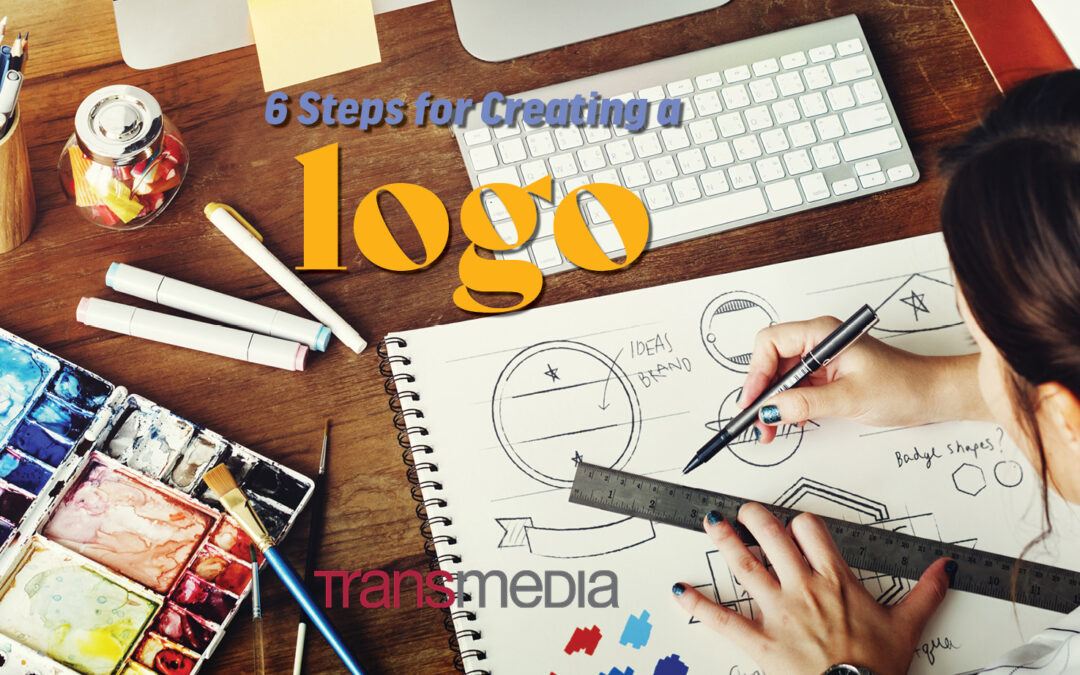The best process for developing a logo design will vary depending on the specific needs of your business or organization. However, there are some general steps that you can follow to create a logo that is both visually appealing and effective in communicating your brand identity.
- Do your research. Before you start designing your logo, it’s important to do your research and understand the visual identity of your competitors. What are the elements of their logos that you like or dislike? What are the trends in logo design that you want to incorporate into your own logo?
- Define your brand identity. What is your brand personality? What are your brand values? What do you want your customers to think of when they see your logo? Once you have a clear understanding of your brand identity, you can start to develop a logo that reflects those values.
- Brainstorm ideas. Once you have a good understanding of your brand identity, it’s time to start brainstorming ideas for your logo. This is where you can let your creativity run wild. Try sketching out different ideas, using different colors, fonts, and shapes. Don’t be afraid to experiment and try new things.
- Refine your ideas. Once you have a few logo concepts that you like, it’s time to start refining them. This is where you’ll need to make sure that your logo is visually appealing, memorable, and easy to reproduce. You may also want to get feedback from friends, family, or colleagues to get their opinions on your logo designs.
- Get feedback. Once you’re happy with your logo designs, it’s important to get feedback from others. This could include friends, family, colleagues, or even potential customers. Feedback can help you to identify any potential problems with your logo and make sure that it’s effective in communicating your brand identity.
- Finalize your logo. Once you’ve received feedback and made any necessary changes, it’s time to finalize your logo. This is where you’ll need to create high-quality versions of your logo in different file formats, such as PNG, JPG, and SVG. You may also want to register your logo with the United States Patent and Trademark Office (USPTO) to protect your intellectual property.
By following these steps, you can create a logo that is both visually appealing and effective in communicating your brand identity.
Here are some additional tips for designing a logo:
- Keep it simple. A good logo should be simple and easy to remember. Avoid using too many colors, fonts, or shapes.
- Be memorable. Your logo should be memorable and stand out from the competition.
- Be versatile. Your logo should be versatile and adaptable to different uses, such as print, web, and mobile.
- Be timeless. Your logo should be timeless and not date quickly.
By following these tips, you can create a logo that will help your business or organization stand out from the competition and achieve its branding goals.
